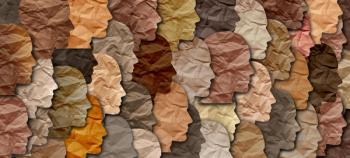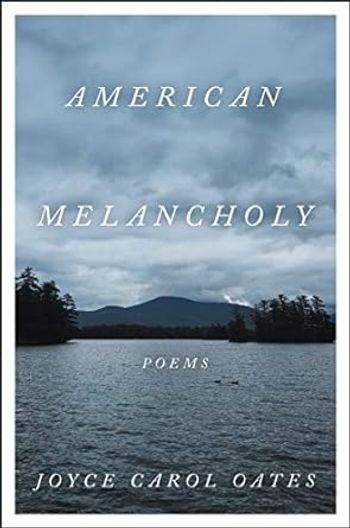
- Vol 37, Issue 11
- Volume 37
- Issue 11
Nitrous Oxide and Alexander Hamilton’s Grandson
A prominent forensic psychiatrist and the grandson of founding father Alexander Hamilton, Allan McLane Hamilton, MD, was a proponent for the use of nitrous oxide for diagnostic and therapeutic use.
LOOKING BACK TO LOOK FORWARD
THIS MONTH IN PSYCHIATRY
A prominent forensic psychiatrist and the grandson of founding father Alexander Hamilton, Allan McLane Hamilton, MD, died in Massachusetts on November 23, 1919. While perhaps best remembered as the author of
A psychiatry professor at Cornell Medical College, Hamilton became a psychiatric expert witness in several high-profile cases and was the first president of the New York Psychiatric Society.3 His patients
Historians have described the mid- and late-19th century as a period of “the asylum under fire.”6 Opponents of institutionalization criticized asylums, citing false imprisonment of mentally sane individuals, overcrowding, and inadequate funding and resources.6,7 Wary of being admitted to mental asylums, many individuals minimized their symptoms. Thus, psychiatrists were keen to develop new techniques to identify patients who might conceal a severe mental illness.
Perhaps motivated by his experiences as a forensic psychiatrist, Hamilton promoted treatments to help detect malingering in patients with mental illness. As such, Hamilton advocated for greater use of anesthetics in treating patients with mental conditions for diagnostic purposes.8,9 In a case report published in the New York Medical Journal, he argued that nitrous-oxide administration would cause patients who were attempting to conceal their delusions to escape hospitalization to “give prompt expression of not only delusions, but sometimes hallucinations.”9 Thus, Hamilton advocated the use of nitrous oxide to help distinguish insanity from malingering.
Moreover, Hamilton similarly
Although it is unclear when nitrous oxide ultimately fell out of diagnostic and therapeutic use for behavioral disturbances and affective symptoms8,11, respectively, physicians and researchers have recently revived the use of nitrous oxide and other NMDA-receptor antagonists as rapidly-acting agents for treatment-resistant major depressive disorder. Several recent clinical studies may provide more evidence-based support for Hamilton’s early clinical
Dr Edwards is a resident physician in the Department of Psychiatry and Behavioral Sciences at Stanford University School of Medicine.
References
1. Hamilton AM. The Intimate Life of Alexander Hamilton. Scribner’s Sons; 1911.
2. Dr A. M’L. Hamilton, Alienist, Dies at 71. Government Expert in Trials of Guiteau and Czolgosz, Assassins of Presidents. Testified in 100 Cases. Author and Ex-Professor of Mental Diseases at Cornell Was Grandson of Alexander Hamilton. New York Times. November 24, 1919. Accessed October 7, 2020.
3. Davidson J. Allan McLane Hamilton. Am J Psychiatry. 2018;175:605-606.
4. Dr Allan McLane Hamilton Tells About His Visit to Mrs. Eddy. New York Times. 1907:1. Accessed October 7, 2020.
5. Memoirs of a Famous Alienist, Dr. Allan McLane Hamilton’s ‘Recollections’ Throw Light on Some of the Historic Murder Trials in Which He Took Part. New York Times. 1917:11. Accessed October 7, 2020.
6. Porter R. The Greatest Benefit to Mankind: A Medical History of Humanity. WW Norton and Company; 1997.
7. Shorter E. A History of Psychiatry: From the Era of the Asylum to the Age of Prozac. John Wiley and Sons; 1997.
8. Edwards ML, Bause GS.
9. Hamilton AM. The detection of concealed insanity by nitrous oxide oxygen gas and other anaesthetics. NY Med J. 1888;47:87-89.
10. Blake JE, Hamilton AM. A preliminary report upon the use of dilute nitrous oxide gas in the treatment of melancholia and nervous exhaustion. Med Record. 1880;17:118.
11. Gillman MA. Mini-review: A Brief History of Nitrous Oxide (N2O) Use in Neuropsychiatry. Curr Drug Res Rev. 2019;11(1):12-20.
12. Nagele P, Duma A, Kopec M, et al. Nitrous Oxide for Treatment-Resistant Major Depression: A Proof-of-Concept Trial. Biol Psychiatry. 2015;78:10-18.
13. Nagele P, Zorumski CF, Conway C.
Articles in this issue
about 5 years ago
Discharge Planningabout 5 years ago
Patients Like Telehealth, But Barriers Still Persistabout 5 years ago
Psychiatry’s Role in the Management of Chronic Painabout 5 years ago
Sleep Disturbances as a Sequalae of Chronic Painabout 5 years ago
What’s in a Name: The Problem with Zero Suicideabout 5 years ago
Treating Dementia Patients in the Time of COVIDabout 5 years ago
Can Exercise Decrease Mortality Risk in Patients With Depression?about 5 years ago
Combination Therapy for Treatment-Resistant Schizophrenia?Newsletter
Receive trusted psychiatric news, expert analysis, and clinical insights — subscribe today to support your practice and your patients.

















